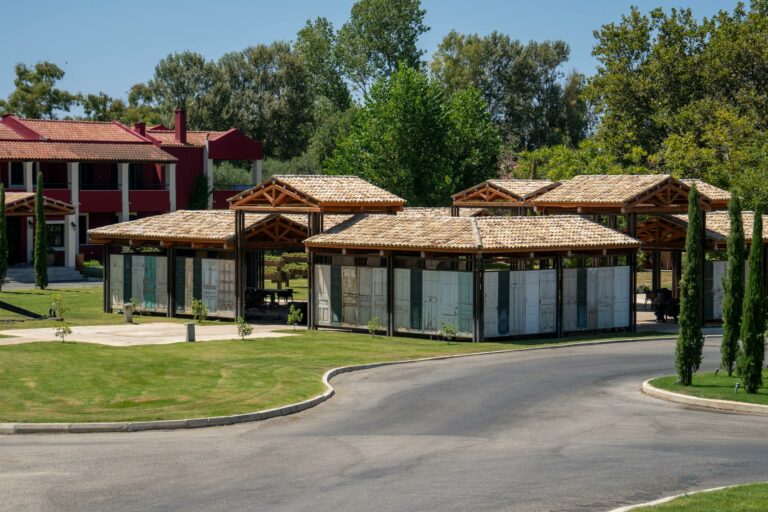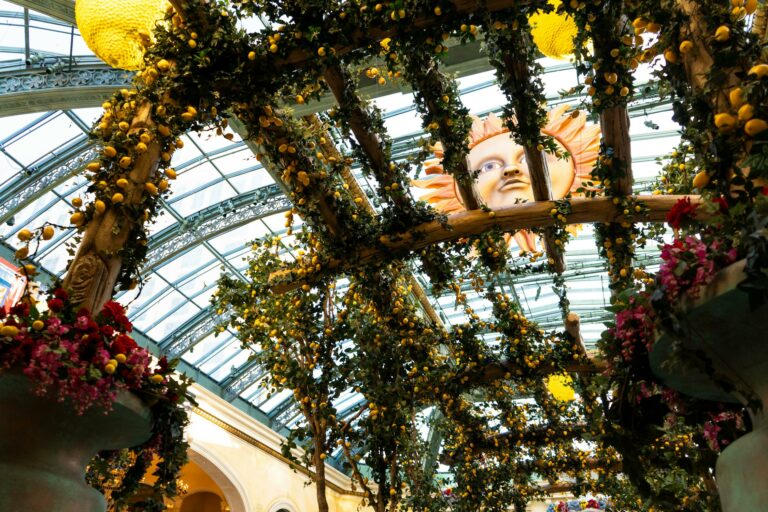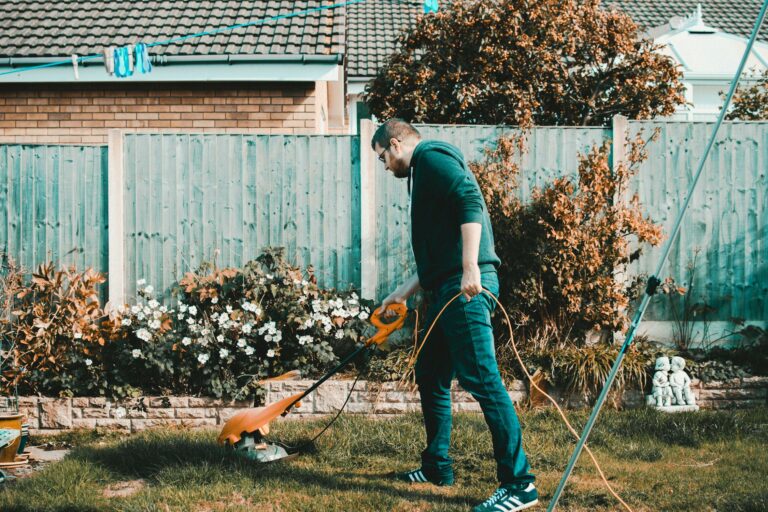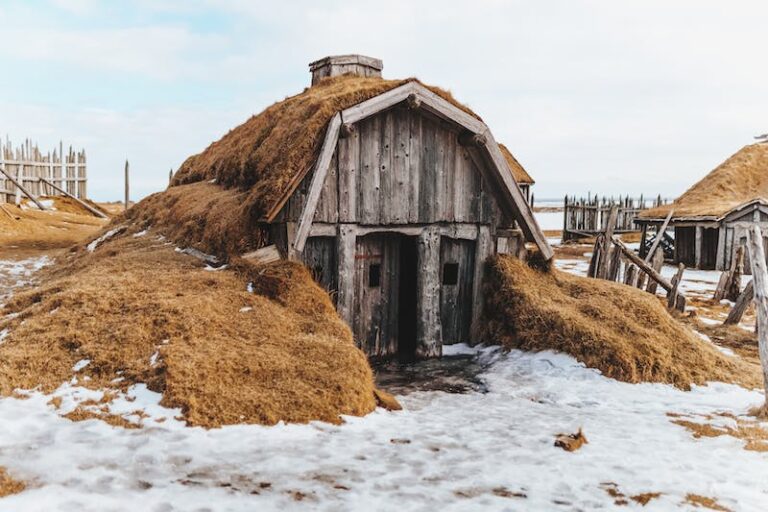Here we are Stouffville – we have finally reached spring! The sun is shining, the grass is green and the sky has turned a beautiful, luscious blue above the gorgeous Stouffville homes.
Now that we have started to see that aforementioned green, we here in Stouffville now have to starting caring for that green – also known as our lawns. But is there another way?
Lawns have been a staple in residential landscapes for decades. They are the default outdoor area for homeowners to relax, play, and entertain guests. However, with the increasing awareness of environmental impact and the rise in water scarcity, people are looking for more sustainable lawn alternatives.
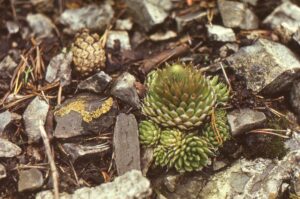
There are many lawn alternatives that can be used instead of traditional grass lawns. These options range from practical and low-maintenance to artistic and complex, and each comes with its own unique benefits.
Today, we’re going to talk about all the different alternatives that one can use instead of a traditional lawn. And for all those who don’t want to go through the hassle of changing over their lawns – remember that the professionals are always here to help!
Ground Cover
Ground covers are low-growing plants that can cover large areas of soil. They are perfect for those who want a low-maintenance lawn alternative that requires minimal watering and mowing. Ground covers are also ideal for sloped or hard-to-reach areas of the yard. Examples of ground covers include clover, thyme, and sedum.
Clover is an excellent lawn alternative because it requires less water, fertilizer, and maintenance than traditional grass. It is also a natural fertilizer, so it can help to reduce one’s lawn care expenses. Clover has deep roots that can help prevent soil erosion, and it attracts pollinators such as bees, which are essential to a healthy ecosystem.
Thyme is another great ground cover option. It is an aromatic herb that produces beautiful flowers in the spring and summer. Thyme is very hardy and can grow in a variety of soil types. It is also resistant to drought and requires little watering.
Sedum is a succulent that is perfect for dry, sunny areas of the yard. It comes in a variety of colours and forms, and it requires little maintenance. Sedum is also a great plant for attracting pollinators such as bees and butterflies.
Wildflowers
Planting a mix of wildflower seeds can create a beautiful and diverse lawn alternative. Wildflowers also provide important habitats for bees and other pollinators. They require very little maintenance and provide a low-cost alternative to traditional grass lawns. Wildflowers also help to promote biodiversity and can help to restore degraded landscapes.
There are many types of wildflowers to choose from, including blanketflower, black-eyed Susan, and purple coneflower. These plants are easy to grow and provide a colorful display throughout the growing season.
Mulch
Mulch can be used to cover bare soil and create a clean and uniform look. Wood chips, straw, and shredded leaves are all popular choices. Mulch is a low-maintenance option that requires little watering and no mowing. It also helps to prevent soil erosion and can improve soil health over time.
Wood chips are a popular choice for mulch because they are inexpensive and long-lasting. They are also effective at suppressing weed growth and retaining moisture in the soil.
Straw is another popular choice for mulch because it is inexpensive and easy to apply. It helps to retain moisture in the soil and can prevent soil erosion. However, it may attract rodents and other pests, so it should be used with caution.
Shredded leaves are a natural and organic mulch that can improve soil health and provide important nutrients for plants. They are also effective at suppressing weed growth and retaining moisture in the soil.
Gravel or Rock
For a low-maintenance option, the average homeowner, landscaper or gardener could consider covering their lawn with gravel or rock. This can be an especially good option for areas that receive a lot of foot traffic. Gravel and rock require no watering or mowing and can be a great way to create a modern and minimalist landscape design.
Pea gravel is a popular choice for covering large areas of the yard. It is inexpensive and easy to install, and it provides excellent drainage for rainwater. Larger rocks and boulders can be used to create a natural and rugged landscape that requires no maintenance.
Artificial Turf
Synthetic grass has become increasingly popular as a lawn alternative, especially in areas with water shortages or where maintaining a natural lawn is difficult. Artificial turf can provide a lush, green lawn all year round without the need for watering, mowing, or fertilizing. It is also very durable and can withstand heavy foot traffic and extreme weather conditions.
However, there are some downsides to artificial turf. It can be costly to install, and it is not a natural or eco-friendly option. It also does not provide the same benefits to the environment as natural grass, such as soil health, biodiversity, and carbon sequestration.
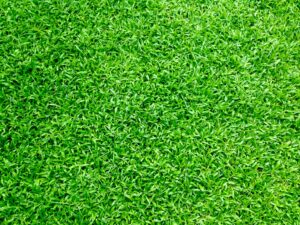
Native Plants
Planting native species can provide a low-maintenance lawn alternative that is well-suited to the average homeowner, landscaper or gardener’s local climate and ecosystem. Native plants are adapted to the local environment and require less water, fertilizer, and maintenance than non-native species. They are also important for supporting local wildlife and promoting biodiversity.
Some examples of native plants that can be used as lawn alternatives include prairie grasses, wildflowers, and shrubs. These plants can be used to create a natural and sustainable landscape that requires minimal maintenance and provides important benefits to the environment.
Vegetable Garden
One could also consider converting one’s lawn into a vegetable garden, which can provide a source of fresh produce and be a fun and rewarding activity. Vegetable gardens require more maintenance than other lawn alternatives, but they also provide many benefits, such as improved soil health, reduced food waste, and a closer connection to nature.
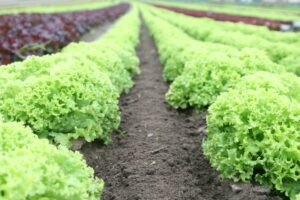
When planning a vegetable garden, it is important to consider factors such as sunlight, soil quality, and drainage. The average homeowner, landscaper or gardener may also want to choose crops that are well-suited to their local climate and that can be grown in a limited space.
And so, this article about the alternatives to lawn has come to an end. We learned a lot of different alternatives to lawn today, so all that is left is to start! Remember, for all those who don’t want to do it themselves, there are professionals out there who can get the job done quickly and effectively.
